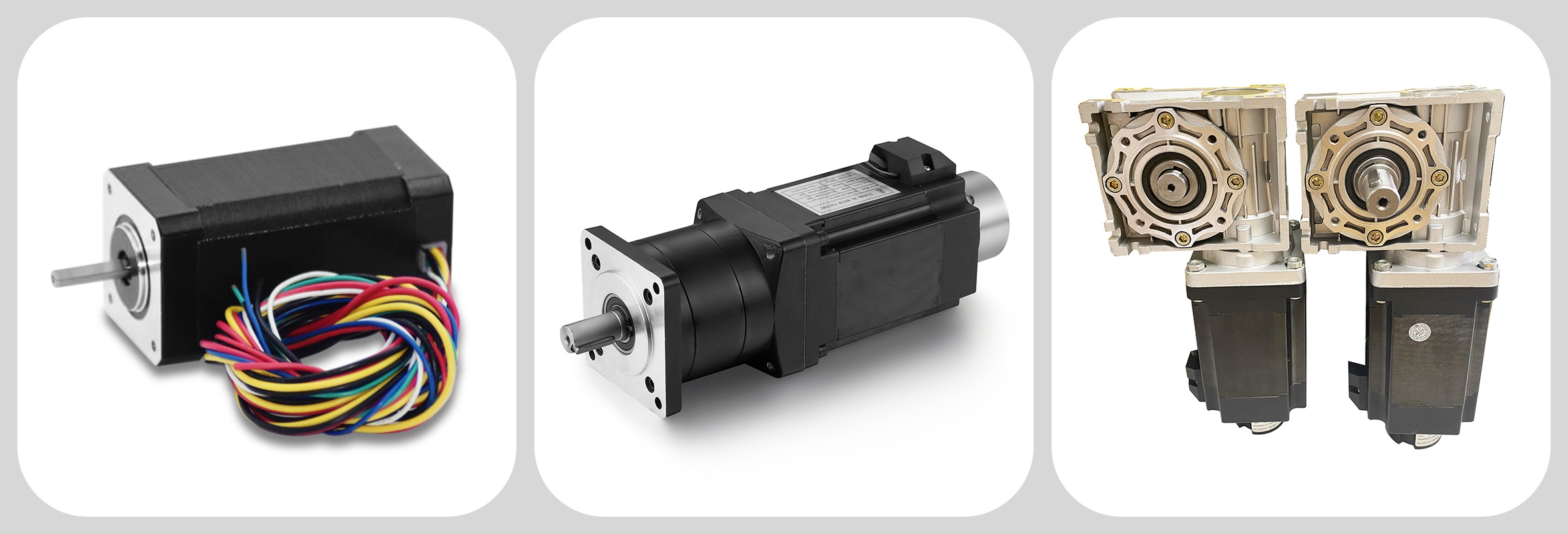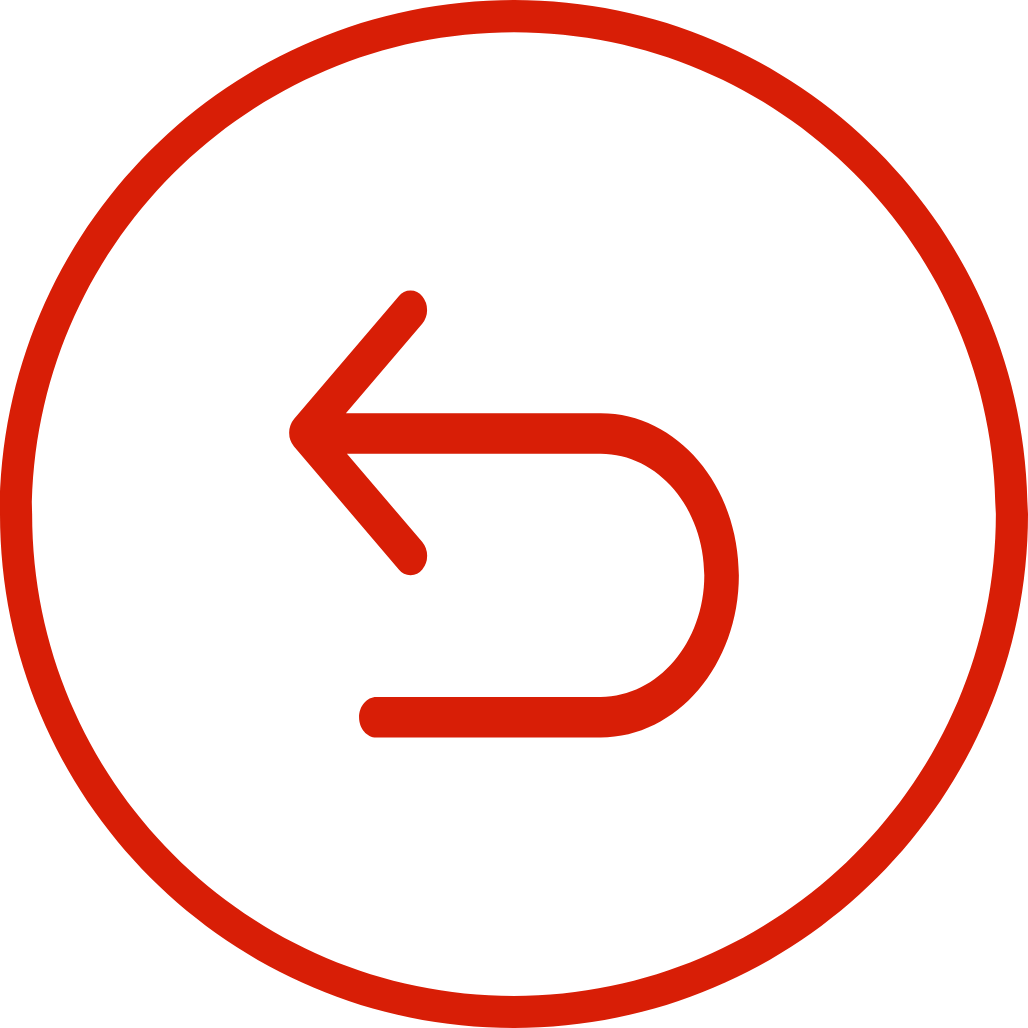Brushless motors are widely used in modern automation and robotics.The advantages of brushless DC include energy saving, high efficiency, low maintenance, and low noise. The birth and R&D of brushless gear motors are mainly to solve the limitations of traditional brushless motors in low-speed and high-torque applications, and to meet the needs of more industrial automation and precision equipment
Brushless geared motors combine the efficiency of brushless motor technology with speed reducers. These motors are commonly divided into planetary geared motors and worm gear motors, which share efficiency and torque characteristics but differ in structure, direction, and application flexibility.

Just like a tree, the brushless motor is the trunk—while brushless planetary gearmotors and worm gearmotors are its major branches, each extending in different directions to meet specific application needs.
What Is Right-Angle Output vs. Coaxial Output in Speed Reducers?
What Are the Advantages and Disadvantages of Each Motor Type?
The three types differ in internal construction, output behavior, space requirements, and cost. Here's a simplified comparison table:
| Feature | Brushless Motor | Brushless Planetary Gearmotor | Brushless Worm Gearmotor |
| Internal Structure | Motor only, no gearbox | Motor + planetary gear set | Motor + worm and wheel gear set |
| Output Torque | Low | High (torque amplification through gears) | Moderate to high, with self-locking ability |
| Output Speed | High (3000–10000 rpm) | Reduced (10–500 rpm depending on ratio) | Reduced and smoother (typically <300 rpm) |
| Gear Efficiency | N/A | High (90–95%) | Lower (70–85%) due to sliding friction |
| Output Direction | Inline (coaxial) | Inline (coaxial) | Right-angle output |
| Size and Weight | Compact | Slightly bulkier due to gearbox | Bulky due to angular structure |
| Cost | Low | Moderate | Moderate to high (depending on gear ratio) |
| Applications | Fans, drones, centrifugal pumps | AGVs, robot arms, medical robots | Doors, conveyors, lifting equipment |
Coaxial output The input shaft and output shaft are arranged coaxially, such as the helical gear structure of the R series reducer, and the space utilization is optimized through a compact design. It is suitable for heavy equipment with horizontal coaxial transmission, such as cranes, conveyors, etc
Right-angle output The right-angle output adopts bevel gears (such as K series reducers) or turbine-helical gear combinations (such as S series reducers) to achieve a 90° right-angle layout between the input shaft and the output shaft. Suitable for equipment that requires vertical drive, e.g. heavy industrial machinery (K series) or light industrial equipment (S series)

F = load force (N)
r = radius (m)
η = efficiency
Match Application Requirements
Continuous, heavy load → Brushless geared motor
Intermittent or low load → Direct brushless motor
Consider Space and Output Direction
Tight space → Worm gearmotor
Precision and inline output → Planetary gearmotor
Add a Safety Factor
For industrial use, a 20% safety margin is recommended.

Pros: High efficiency, low noise, compact size, high speed
Cons: Low torque, not suitable for direct heavy-load drive
Best For: Fans, drones, small pumps
Pros: High torque, high efficiency, inline design
Cons: Higher cost
Best For: AGVs, robotic arms, precision medical equipment
Cons: Lower efficiency, larger size
Best For: Doors, conveyors, lifting platforms
Consider the following key factors:
Torque and Speed Needs
High speed, low torque → Brushless motor
High torque, low speed → Geared motor
Installation Space and Output Direction
Inline layout → Planetary gearmotor
Tight corners or directional output → Worm gearmotor
Precision and Load Characteristics
Precise control and stable load → Planetary gearmotor
Basic drive or need for holding position → Worm gearmotor
Budget and Lifecycle Demands
Cost-sensitive → Brushless motor
High performance and durability → Geared options
As a specialized electric motor manufacturer, BG Motor supports full customization of brushless gear motors and geared brushless motors, including:
Voltage: 12V / 24V / 48V or customized
Speed: 10–5000 rpm range
Torque: Up to 100Nm with gearing
Gear Ratios: Wide range for planetary and worm setups
Output Shafts: D-cut, keyway, custom designs
Mounting Flanges: Custom flange dimensions
Certifications: CE, FCC, ROHS, ISO9001
Lifespan: ≥10,000 hours for brushless motor work
Noise Level: Optimized for low-noise medical and smart device use
IP Ratings: For dust, moisture, and industrial conditions
 BACK
BACK
Yesterday, the 138th China Import and Export Fair (Canton Fair) was grandly open…
In the golden autumn of October, the fruits are fragrant. On this beautiful mome…
Dear friends, the 138th Canton Fair will be held in Pazhou, Guangzhou on October…
At BG Motor, we firmly believe that the strength of a team can carry dreams furt…
New Breakthrough at Conifer (Silicon Valley Startup)What’s new?Conifer has devel…
The 2025 World Robot Conference (WRC), held in Beijing, brought together top min…